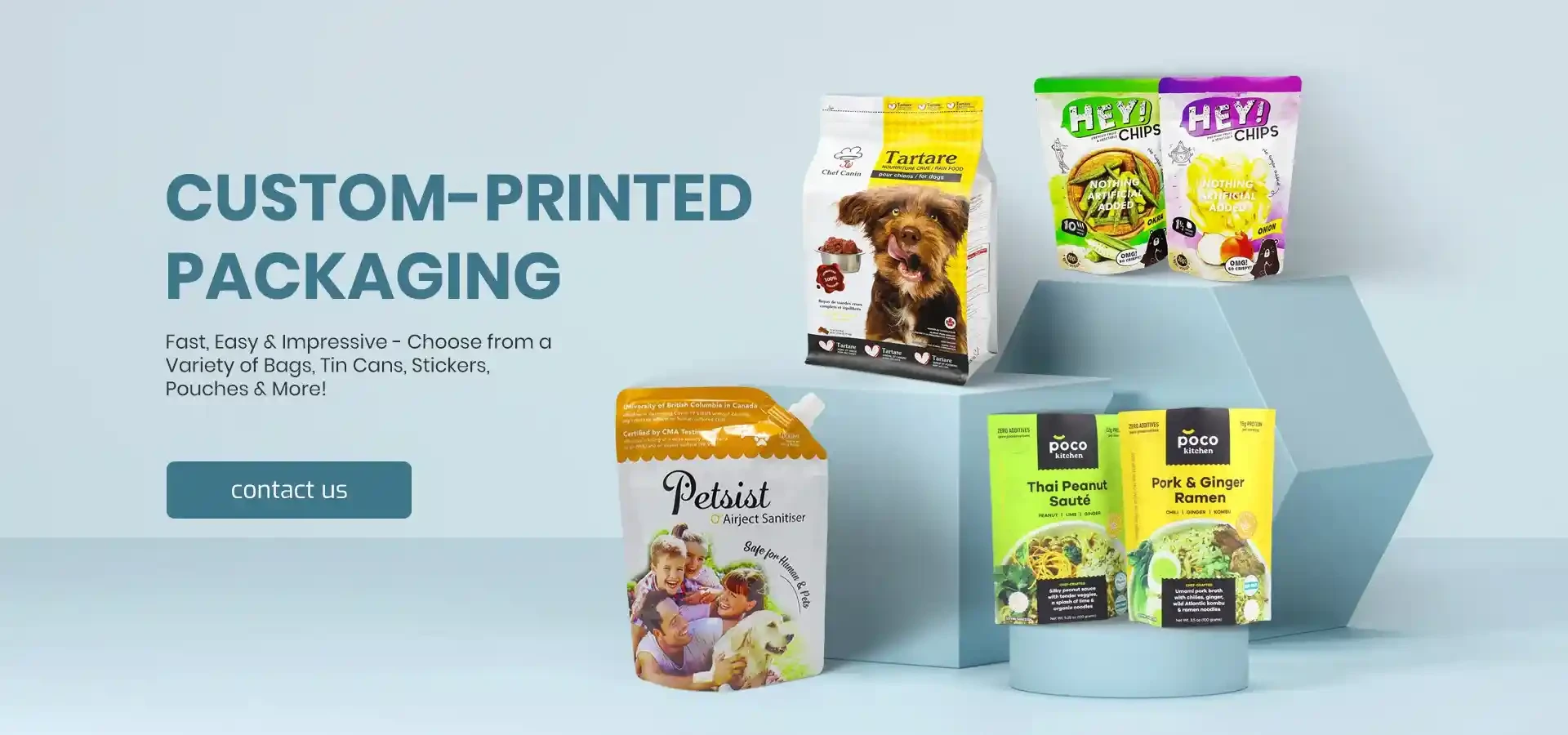- Afrikaans
- Albanian
- Amharic
- Arabic
- Armenian
- Azerbaijani
- Basque
- Belarusian
- Bengali
- Bosnian
- Bulgarian
- Catalan
- Cebuano
- chinese_simplified
- chinese_traditional
- Corsican
- Croatian
- Czech
- Danish
- Dutch
- English
- Esperanto
- Estonian
- Finnish
- French
- Frisian
- Galician
- Georgian
- German
- Greek
- Gujarati
- haitian_creole
- hausa
- hawaiian
- Hebrew
- Hindi
- Miao
- Hungarian
- Icelandic
- igbo
- Indonesian
- irish
- Italian
- Japanese
- Javanese
- Kannada
- kazakh
- Khmer
- Rwandese
- Korean
- Kurdish
- Kyrgyz
- Lao
- Latin
- Latvian
- Lithuanian
- Luxembourgish
- Macedonian
- Malgashi
- Malay
- Malayalam
- Maltese
- Maori
- Marathi
- Mongolian
- Myanmar
- Nepali
- Norwegian
- Norwegian
- Occitan
- Pashto
- Persian
- Polish
- Portuguese
- Punjabi
- Romanian
- Russian
- Samoan
- scottish-gaelic
- Serbian
- Sesotho
- Shona
- Sindhi
- Sinhala
- Slovak
- Slovenian
- Somali
- Spanish
- Sundanese
- Swahili
- Swedish
- Tagalog
- Tajik
- Tamil
- Tatar
- Telugu
- Thai
- Turkish
- Turkmen
- Ukrainian
- Urdu
- Uighur
- Uzbek
- Vietnamese
- Welsh
- Bantu
- Yiddish
- Yoruba
- Zulu
Creative Ideas for Packing Salads for Freshness and Flavor
The Art of Salad Packing A Guide to Freshness and Convenience
In today's fast-paced world, the demand for healthy and convenient meal options has soared. Among these, salads have emerged as a favorite choice, celebrated for their vibrant colors, fresh ingredients, and nutritional benefits. However, one key challenge remains how to pack salads in a way that preserves their freshness and ensures they remain appetizing throughout the day. This article aims to explore effective salad packing techniques that you can easily adopt in your daily routine.
Choosing the Right Ingredients
The foundation of any great salad starts with the ingredients. A well-balanced salad typically includes greens, proteins, vegetables, and a variety of toppings. When packing a salad, it’s essential to choose ingredients that retain their freshness over time. Hardier greens like kale, spinach, or romaine tend to hold up better than more delicate options like arugula. Incorporating proteins such as grilled chicken, quinoa, or chickpeas not only adds substance but also helps the salad stay satisfying. Additionally, consider using roasted or pickled vegetables, which can be more resilient than fresh ones.
Layering for Longevity
One effective technique for packing salads is layering. The key to preserving the textures and flavors of the ingredients lies in how you layer them in your container. Start with a base of your greens at the bottom. Follow this with proteins and denser vegetables to create a barrier that protects the more delicate ingredients on top, such as tomatoes or avocado. Finally, finish with your salad dressing placed in a separate container or at the very top of the salad. This layering method prevents dressing from wilting the greens and maintains the crunchiness of the salad.
Choosing the Right Containers
salad packing

The type of container you use plays a crucial role in keeping your salad fresh. Opt for airtight containers made of glass or BPA-free plastic. Glass containers are particularly useful as they do not retain odors and can be safely used in the microwave. For those on the go, invest in containers specifically designed for salads that come with built-in compartments for dressing and toppings. These containers not only help in maintaining freshness but also make for an organized packing experience.
Packing Dressings Wisely
Dressing is often the catalyst that brings a salad alive, but it can also lead to soggy greens if not packed properly. To counter this, consider using small, leak-proof dressing containers that allow you to take your dressing separately. This way, you can add it right before you eat, ensuring that your salad retains its crunch and flavor. Alternatively, consider making vinaigrettes with less oil, which can help keep salads fresh without making them overly soggy.
Storing for Success
Once your salad is packed up, storing it correctly is the next step to ensuring its freshness. Keep your salad refrigerated until you’re ready to eat. If you’re packing for a whole week’s worth of lunches, consider making salads in advance, but be cautious not to include ingredients that spoil quickly, like cut fruits or soft cheeses, until just before consumption.
Conclusion
Salad packing is an art that, when executed well, can lead to delicious and nutritious meals. By selecting the right ingredients, layering thoughtfully, choosing appropriate containers, packing dressings wisely, and storing properly, you can enjoy fresh salads throughout your busy week. Embrace these techniques, and transform your salad experience from an afterthought into a delightful culinary choice that fits seamlessly into your lifestyle. With a little creativity and planning, your salads will not only taste great but will also embody the very essence of freshness and health.













